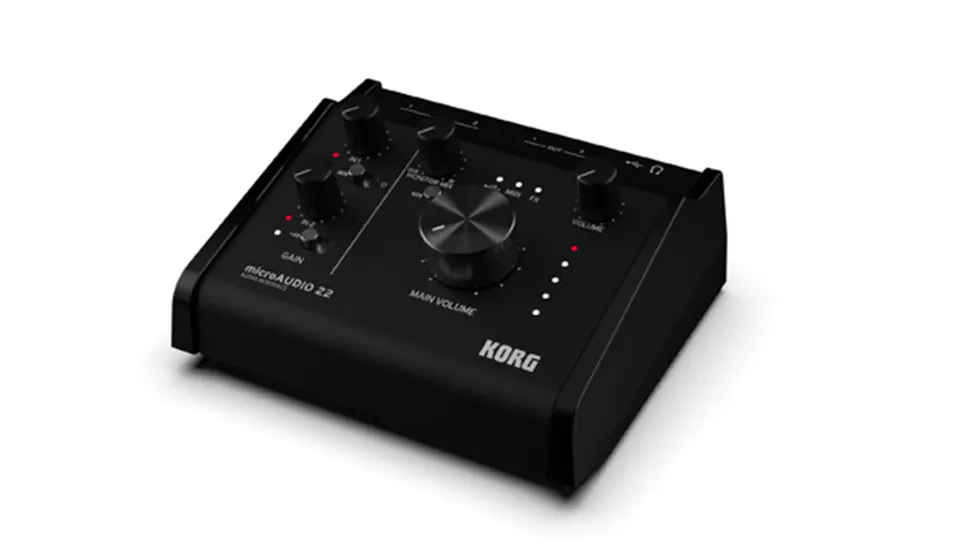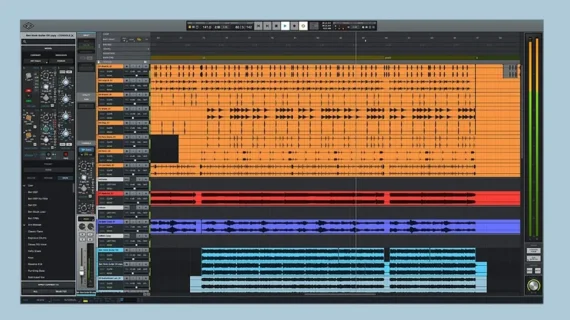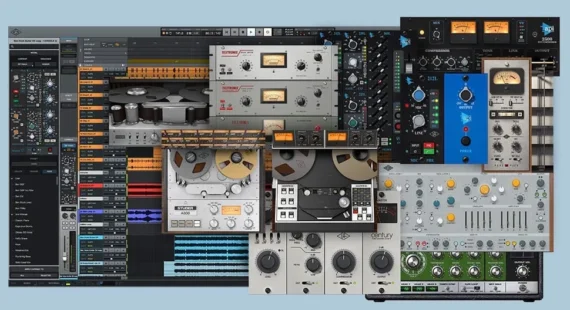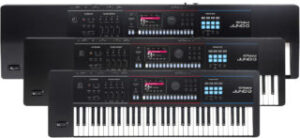Korg Teases MicroAudio 22 & 722 ‘Concept’ Audio Interfaces At NAMM Show

2025 NAMM Show News: Korg has a habit of turning up at the NAMM Show with not only its ‘official’ new products, but also a few things that it’s working on but may or may not get a commercial release. And this year, one of those things happens to be a new range of audio interfaces.
The MicroAudio 22 and 722 are “tabletop-optimised” USB-C devices with “easy-to-grab knobs”. Each offers direct monitoring, up to 24-bit/192kHz quality, a Hi-Z input and a phantom power option. There are also built-in effects, including a noise gate and a compressor.

Most of which sounds fairly by-the-numbers, and not really what you’d call – to use Korg’s words – “concept prototypes – products in their exploratory phase that push the boundaries of what’s possible in music creation.” The MicroAudio 722, however, has something special up its sockets – Korg’s 700S analogue filter.
Taken from the MiniKorg 700S, this includes both low-pass and high-pass flavours and is tweakable from the top panel. As such, the 722 definitely has a unique point of difference in comparison to other audio interfaces; whether it’s one that’s useful remains to be seen.
Other concept prototypes include the E1 Air, a slimline digital piano, and the MetroClip, an LED metronome. And, of course, we’ve already mentioned about Korg’s big new releases: a new version of the Kronos workstation, module and plugin version of the Multi/Poly synth, and the MiniKorg 700Sm, a downsized version of the rebooted ‘70s synth.
Features:
- Tabletop-optimized design – Compact size & easy-to-grab knobs on the front panel.
- Direct Monitoring – Listen to the input-signal in real time with no latency.
- Up to 24bit / 192kHz, a Hi-Z input, USB Type-C, +48V phantom power.
- Dynamics DSP Effects – Process audio with a built in noise gate, compressor and more.
- Software Bundle
- microAUDIO 722 includes the “700S” Analogue Filter.
Here’s what we know about the MicroAudio 22 and 722, which may or may not be going into production.
You can get an overview of all the company’s NAMM news on the Korg website.








